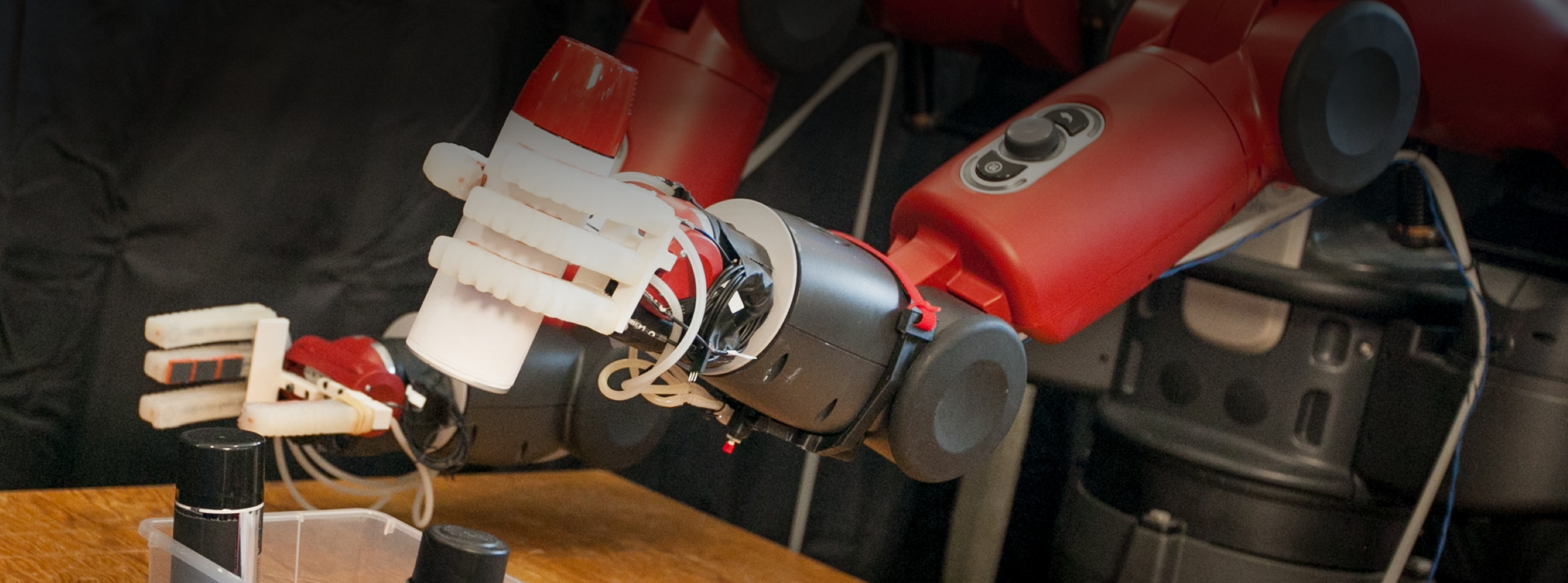From a small city in China known for its sweet cuisine to the cutting-edge robotics labs of MIT, Boyuan Chen’s journey is defined by curiosity, dedication, and a bold vision for the future.
Chen’s passion for robotics began in high school, competing in the FIRST Robotics Competition. Despite having limited resources, Chen spent hours designing his robot every day and led a successful team. That same drive carried him through a decade of academic excellence and innovation, culminating in his PhD studies at MIT’s Computer Science and Artificial Intelligence Laboratory (CSAIL).
Once at CSAIL, Chen joined the Robot Locomotion Group (RLG), where he worked four years under the mentorship of Professor Russ Tedrake. “Working with the RLG is a life-changing experience,” Chen said. “I learned a rigorous attitude and approach toward research that shaped my entire career.”
One key lesson came early in his PhD. “When I began, I always wanted to submit papers as soon and as fast as possible,” Chen said. “[Prof. Tedrake] would say, ‘I know you can get this paper accepted, but we should polish it more and defer the submission.’ I was frustrated at first, but later appreciated how those delayed works received unprecedented positive reviews.”
Chen added that Prof. Tedrake also taught him to appreciate other people’s work and to emphasize their algorithm’s advantages rather than others’ limitations. This mindset helped Chen build a strong foundation for impactful research.
Chen’s research centers on generative world models — neural networks that can predict how the world will evolve over time, enabling machines to "imagine" possible futures.
“We humans can imagine what’s going to happen next given observations of the past,” he said. “If we can teach robots to do the same, we can dramatically accelerate learning and decision-making.”
Chen’s recent paper on Diffusion Forcing represents a major step forward. The approach unifies autoregressive models (like LLMs) and diffusion models (used in advanced video/image generation), producing more stable, long-horizon world models ideal for planning in robotics.
After four years at MIT, Chen is joining OpenAI as a research scientist, where he aims to continue advancing generative world models and their applications in robotics and visual intelligence.
"Now with the best resources, I simply chose world models as my bet for how to solve the robotics problem,” Chen said. “I believe it’s an overlooked direction in the robotics community — and I want to prove myself right."
And in the spirit of blending creativity with community, Chen also found time for a lighter side project: opening a boba tea shop next to his lab. “It’s called ‘Generative Boba,’” he said. “I made a joke academic poster claiming the tea was generated using AI models — and that it boosted productivity through an algorithm called ‘Graduate Student Descent.’” The result? Free boba, which quickly became a campus favorite among students and faculty.

